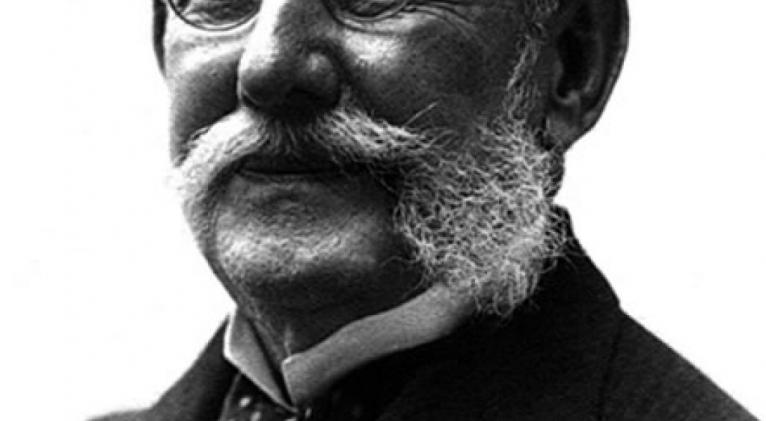Tribute to Carlos J. Finlay for centenary of his death
especiales

A representation of the national scientific community will pay tribute on Friday to the Cuban scientist Carlos Finlay Barres (1833-1915), who discovered that the female Aedes aegypti mosquito was the transmitter of yellow fever.
Cuban professionals march on pilgrimage to the tomb of Finlay on Colon necropolis and deposited a wreath in memory of the man who drew up a plan as anti-vector only solution to eradicate the disease in the nineteenth century.
Specialists from the Ministry of Science, Technology and Environment (CITMA) also reported the Cuban News Agency that the act of recall is part of the activities for the centenary of the death of the illustrious Camagüey, which occurred on August 19, 1915, in Havana.
Although he was among the six most famous microbiologists of history, it is not yet known exactly why Finlay never received the Nobel Prize awarded in various specialties the Royal Swedish Academy of Sciences and other institutions.
The latter occurred despite proposed to be seven times during the period 1905-1915.
However, in 1975 UNESCO included it among the foremost experts in the history of the discipline, with Anton van Leeuwenhoek (Netherlands, 1632 -1723), a manufacturer of microscopes, and Louis Pasteur (France, 1822-1895), author the technique known pasteurization.
The list is also integrated Heinrich Hermann Robert Koch (Germany, 1843-1910), who discovered the bacillus tuberculosis; and Ilya Ilyich Mechnikov (Ukraine, 1845-1916), who formulated the theory of the human body's ability to resist and overcome infectious syphilis and related diseases research.
Finally, he also looked at Alexander Fleming (Scotland, 1881-1955), the first to observe the effects of penicillin antibiotics.
Only six years later, on May 25, 1981, UNESCO awarded for the first time, the International Prize named after him, in order to recognize advances in microbiology.













Add new comment